
Under the amber glow of streetlights, a lone figure walks down a deserted cobblestone street in a historic European city. His olive fedora, tilted just so, catches the light, casting a distinguished silhouette against the old-world architecture. Each step echoes the legacy of an era when men’s hats were emblems of dignity and style. This image, timeless and evocative, sets the stage for a journey into the world of 1940s men's hats, where craftsmanship and elegance reign supreme.
In an era of fast fashion and fleeting trends, the art of truly refined headwear seems to have vanished into the mists of time.
In an era of fast fashion and fleeting trends, the art of truly refined headwear seems to have vanished into the mists of time. Modern caps and beanies, while functional, lack the gravitas and panache that once adorned the crown of every well-dressed gentleman. The streets, once a parade of dapper chapeau-topped figures, now bear witness to a sea of uninspired cranial coverings. Where has the sartorial splendor gone? Join us as we delve into the revival of these classic headpieces, each a testament to an age of sartorial excellence.
Why Vintage Fashion is Making a Comeback
For the discerning gentleman who understands that a hat is more than mere adornment, the current state of mainstream headwear is nothing short of disheartening. The ubiquitous baseball cap has usurped the throne once held by dignified fedoras and stately homburgs. But fear not, fellow hat enthusiasts. A resurgence is afoot, harking back to the golden age of men's millinery: the 1940s. Join us as we delve into the revival of these classic headpieces, each a testament to an age of sartorial excellence.
Key Takeaways From This Article:
- Discover the timeless appeal of 1940s men's felt hats
- Explore the unique characteristics of felt as a hat material
- Learn about the iconic hat styles of the 1940s
- Master the art of choosing the right vintage hat for your style and occasion
Types of 1940s Felt Hats: What Makes Felt Unique?
Felt is a truly remarkable material, prized for its durability, versatility, and luxurious texture. The process of creating a felt hat is a time-honored craft, requiring skill, patience, and an eye for detail. The finest felt hats of the 1940s were made from the soft, dense fur of rabbits or beavers, meticulously shaped and finished by hand. The result was a hat that was not only beautiful but also built to last, withstanding the test of time and the rigors of daily wear.
Fedora: The Classic Statement
No discussion of 1940s headwear is complete without paying homage to the fedora. With its pinched crown and wide brim, the fedora exudes a timeless sophistication that never goes out of style. In the 1940s, the fedora was the hat of choice for dapper gentlemen, from businessmen to Hollywood stars. Today, the fedora remains a classic choice for those who appreciate the finer things in life. Look for models featuring a 2 3/4" brim and a tapered crown, ideally fashioned from 100% beaver felt for unparalleled durability and sheen.
Trilby: The Sleek and Stylish Choice
The Trilby is a close cousin of the fedora, characterized by its shorter brim and slightly taller crown. This sleek, streamlined style was popular among the artistic set in the 1940s, favored by jazz musicians, writers, and bohemian types. The trilby adds a touch of rakish charm to any outfit, perfect for those who want to stand out from the crowd.
The Homburg: Statesmanlike Sophistication
Often overshadowed by its more flamboyant cousin, the homburg deserves its place in any serious hat collection. For formal occasions, the Homburg was the hat of choice in the 1940s. With its tall, rounded crown and slightly upturned brim, the Homburg exuded an air of sophistication and refinement. Often worn with a tuxedo or morning suit, the Homburg was the epitome of gentlemanly style, favored by politicians, businessmen, and high society types. Pay attention to the ribbon – a grossgrain band of precisely 16 lignes is the hallmark of authenticity.
The Pork Pie: Jazz Age Charm Revisited
For those moments when you wish to channel your inner Lester Young, the pork pie hat is your ally. The porkpie hat, with its distinctive flat top and short brim, was a favorite among the more daring dressers of the 1940s. This style was often associated with jazz culture and the burgeoning youth movement, worn by trendsetters who weren't afraid to push the boundaries of fashion. Today, the porkpie remains a bold choice for those who want to make a statement with their style. Seek out versions with a crown height of no more than 3 1/2" and a snap brim of 2 1/8" for that authentic 40s silhouette.
Choosing the Right 1940s Felt Hat for Your Style
While we revere the past, it's crucial to wear vintage-inspired hats without looking costumed. Pair your fedora with a well-cut suit in a modern fabric for a contemporary twist on classic style. A pork pie can add rakish charm to a smart casual ensemble of tailored chinos and a sport coat. Remember, the key is in the confidence with which you wear your hat – it should be an extension of your personality, not a costume piece.

Matching Your Hat to Your Outfit
The key to pulling off a vintage felt hat is to choose a style that complements your overall look. A fedora, for example, pairs perfectly with a tailored suit or a smart casual ensemble, while a trilby can add a touch of artistic flair to a more relaxed outfit. Consider the color and texture of your hat, too – a rich, dark felt can add depth and sophistication to your look, while a lighter shade can create a more relaxed, summery vibe.

Daytime vs. Evening Wear: What Works Best?
When choosing a felt hat for daytime wear, opt for a style with a wider brim, such as a fedora or a Homburg. These styles offer both style and practicality, shielding your face from the sun while adding a touch of old-world charm to your look. For evening events, a sleeker style like a trilby or a pork pie can be a dashing choice, especially when paired with a sharp suit or tuxedo.

Casual vs. Formal: Making the Right Choice
The beauty of 1940s felt hats is their versatility – they can be dressed up or down to suit any occasion. For casual wear, a fedora or a trilby can add a touch of vintage cool to jeans and a t-shirt, while a pork pie can give a playful edge to a more quirky ensemble. For formal events, a Homburg or a fedora in a dark, luxurious felt is the epitome of gentlemanly style.

The Quest for Authenticity in a World of Replicas

In an age of mass production, true hat aficionados understand that superior craftsmanship is non-negotiable. The finest 1940s-inspired hats are still blocked on traditional wooden forms, with every step from sizing to shaping executed by hand. Insist on hats lined with quality satin or leather sweatbands. A properly constructed hat should balance effortlessly on your head, the mark of expert weight distribution and precise oval shaping.
A hat's personality often lies in its finishing touches. Authentic 1940s reproductions should feature period-correct details like flat bows, rather than the pre-tied ribbons common on inferior hats. For fedoras, a slight "pencil curl" on the back brim adds a subtle touch of vintage flair. Don't overlook the importance of a quality hat brush and a sturdy hat box – proper maintenance ensures your investment will age gracefully, developing a patina that only enhances its character.
Adding Hat Bands and Feathers for Flair
One of the joys of owning a vintage felt hat is the opportunity to customize it with accessories. Hat bands, in particular, were a popular choice in the 1940s, adding a pop of color or a touch of texture to the hat. Feathers, too, were a common accessory, often tucked into the band or the crown for a dash of debonair flair. When accessorizing your hat, consider the occasion and your personal style – a subtle band can add a touch of understated elegance, while a bold feather can make a dramatic statement.
Coordinating with Other Accessories: Scarves, Gloves, and More
To truly capture the essence of 1940s style, consider coordinating your felt hat with other vintage-inspired accessories. A silk scarf, for example, can be tucked into the band of your Fedora for a touch of old-world charm, while a pair of leather gloves can add a dash of refined sophistication to your look. When selecting accessories, look for pieces that complement the color and texture of your hat, creating a cohesive and stylish ensemble.
Styling Tips for Modern Wear: Common Mistakes to Avoid
Over-accessorizing: When Less is More
When it comes to accessorizing your vintage felt hat, it's essential to strike the right balance. While a well-chosen hat band or feather can add a touch of flair, over-accessorizing can look cluttered and detract from the timeless elegance of the hat itself. Remember, sometimes less is more – a simple, understated accessory can often make the biggest impact.
Ignoring the Occasion: Picking the Right Hat for the Event
Another common mistake is choosing a hat that doesn't suit the occasion. While a pork pie may be perfect for a casual weekend outing, it may look out of place at a formal dinner or a business meeting. When selecting your vintage felt hat, consider the dress code and the overall tone of the event – a fedora or a Homburg may be more appropriate for dressier occasions, while a trilby can be a great choice for a more relaxed, creative setting.
Size and Fit: Finding the Right One for You
How to Measure Your Head for a Perfect Fit
To ensure your vintage felt hat fits like a glove, it's essential to measure your head correctly. Use a flexible measuring tape and place it around your head, just above your ears and across your forehead. Make sure the tape is snug but not too tight, and take note of the measurement in both inches and centimeters. When shopping for your hat, refer to the manufacturer's sizing chart to find the perfect fit.
Adjusting the Hat for Comfort and Style
Once you've found a hat that fits well, you may need to make some minor adjustments to achieve the perfect look and feel. Many vintage felt hats feature a sweatband inside the crown, which can be adjusted to fine-tune the fit. You can also experiment with the angle and tilt of the hat to find the most flattering position for your face shape and personal style.
A well-fitting hat not only looks good but also feels comfortable. Take the time to measure your head correctly and try on different sizes to find the perfect fit. A hat that fits well will stay in place and enhance your overall look, making you feel confident and stylish.
Caring for Your Felt Hat
Cleaning and Maintenance Tips
To keep your vintage felt hat looking its best, it's essential to care for it properly. Start by brushing the hat regularly with a soft-bristled brush to remove any dust or dirt. If your hat gets wet, allow it to air dry naturally, avoiding direct heat or sunlight. For more stubborn stains, consult a professional hat cleaner who specializes in vintage pieces.
Storing Your Hat to Maintain Its Shape
When not in use, store your felt hat in a cool, dry place, away from direct sunlight and moisture. Use a hat box or a sturdy, breathable container to protect the shape of the crown and prevent dust from accumulating. If your hat gets misshapen, you can use steam to gently reshape it, working carefully to avoid damaging the delicate felt.
FAQs About 1940s Men's Felt Hats
Discover the rich heritage and timeless elegance of 1940s men's felt hats with these frequently asked questions, designed to enhance your understanding and appreciation of these iconic accessories..
What makes 1940s men's felt hats so special compared to modern hats?
1940s men's felt hats are renowned for their superior craftsmanship, attention to detail, and timeless style. They embody an era of sartorial excellence and are made from high-quality materials like rabbit or beaver felt, ensuring durability and longevity.
Can I wear a vintage-inspired felt hat casually, or are they only for formal occasions?
Vintage-inspired felt hats are versatile and can be worn for both casual and formal occasions. Styles like the fedora and trilby can be dressed up or down, depending on the outfit and accessories you pair them with. The key is to choose the right hat for the occasion and wear it with confidence.
How do I know which vintage hat style suits me best?
The best vintage hat style for you depends on your face shape, personal style, and the occasions you plan to wear it for. Generally, wider brim hats like fedoras and homburgs suit most face shapes and can be worn for both casual and formal events. Trilbies and porkpies have a more streamlined look and can add a touch of vintage flair to casual outfits.
Are vintage-inspired felt hats comfortable to wear?
Yes, vintage-inspired felt hats can be very comfortable to wear, provided they are well-made and properly fitted. Look for hats with quality satin or leather sweatbands and a balanced weight distribution. A hat that fits well should feel comfortable and secure on your head without being too tight or too loose.
How can I incorporate a vintage felt hat into my modern wardrobe?
To incorporate a vintage felt hat into your modern wardrobe, start by choosing a style that complements your personal taste and the clothes you already own. Pair your hat with contemporary pieces like a well-cut suit or a smart casual ensemble to create a look that's both timeless and current. Experiment with different accessories and styling techniques to make the hat your own, and wear it with confidence.

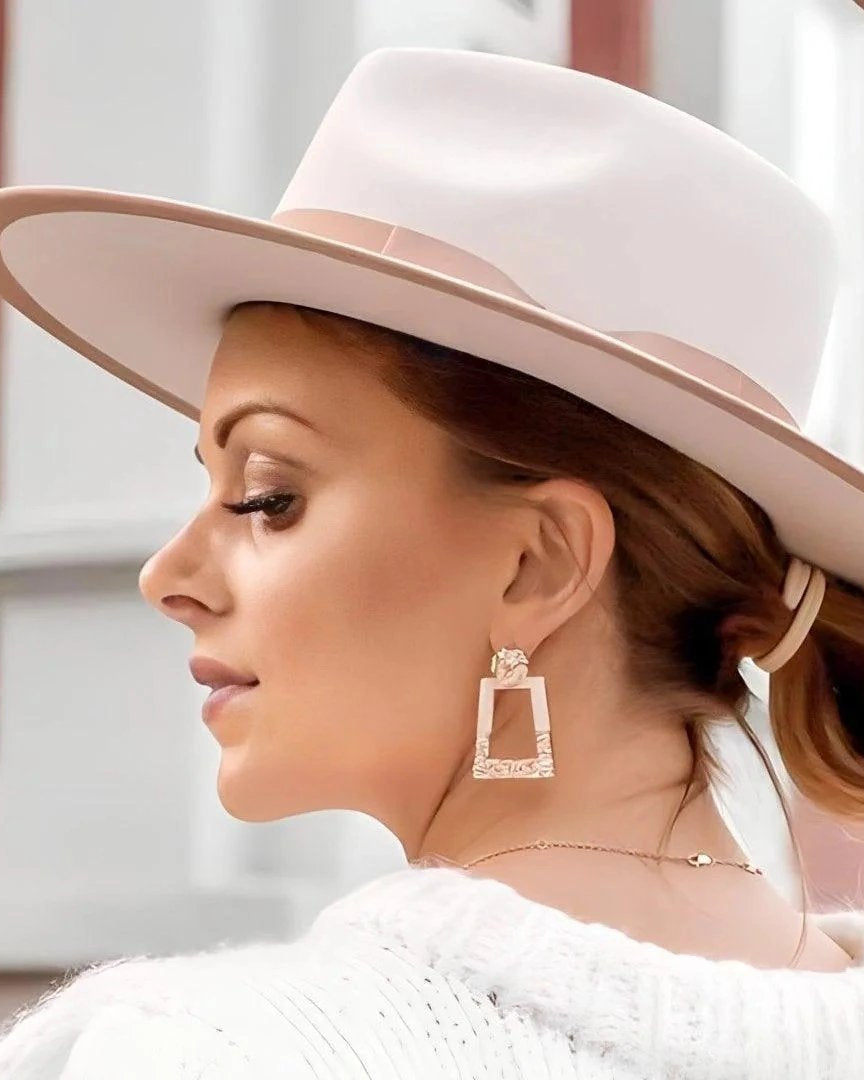
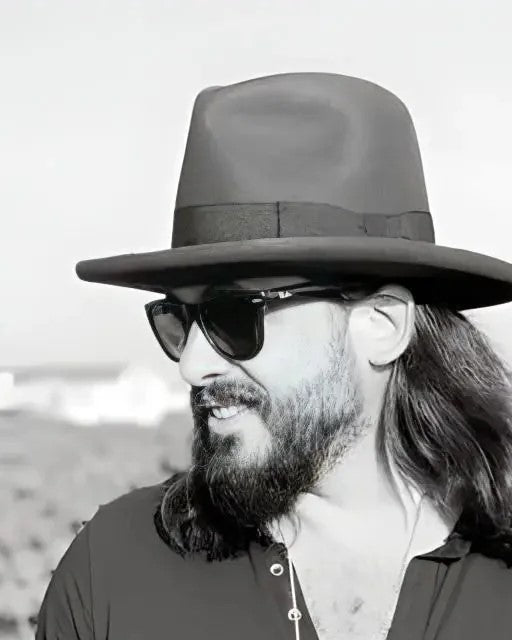
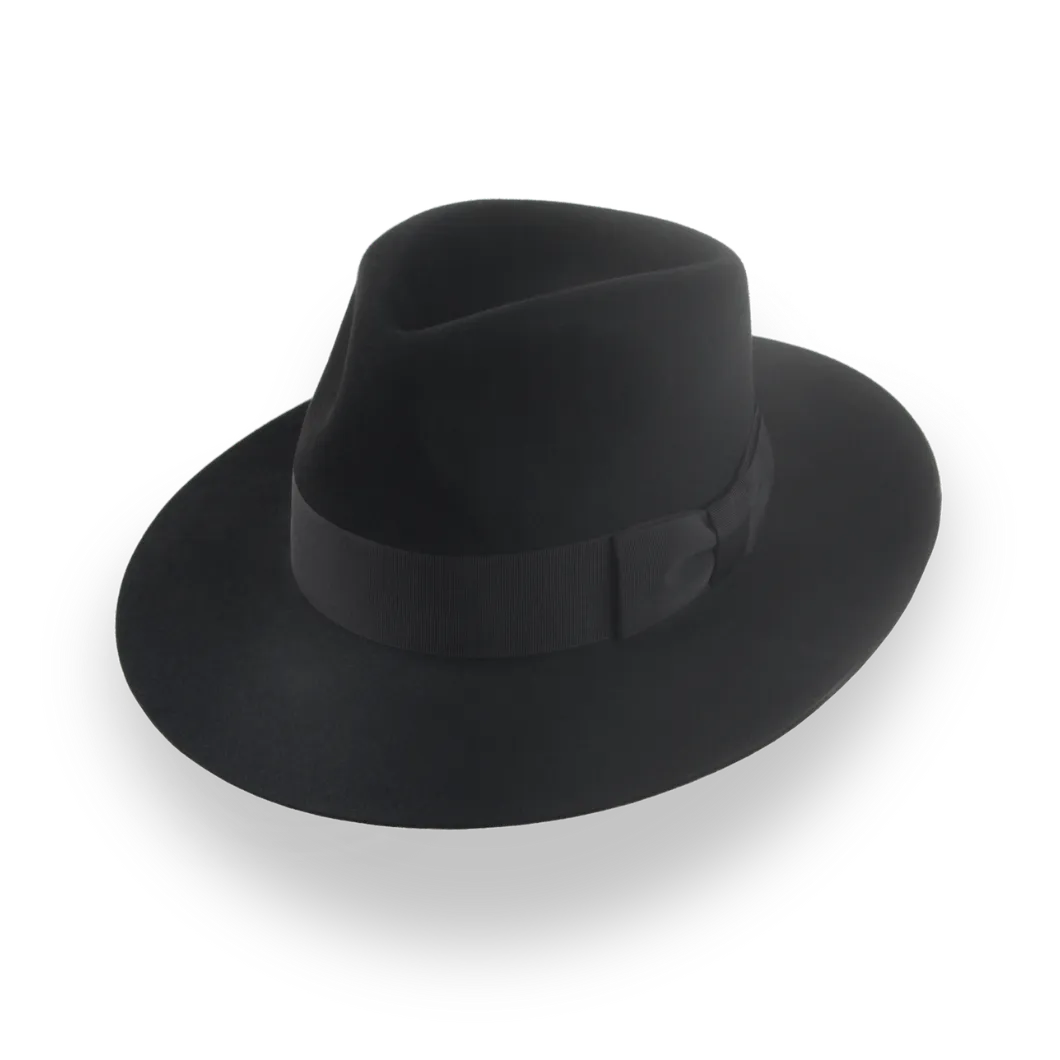


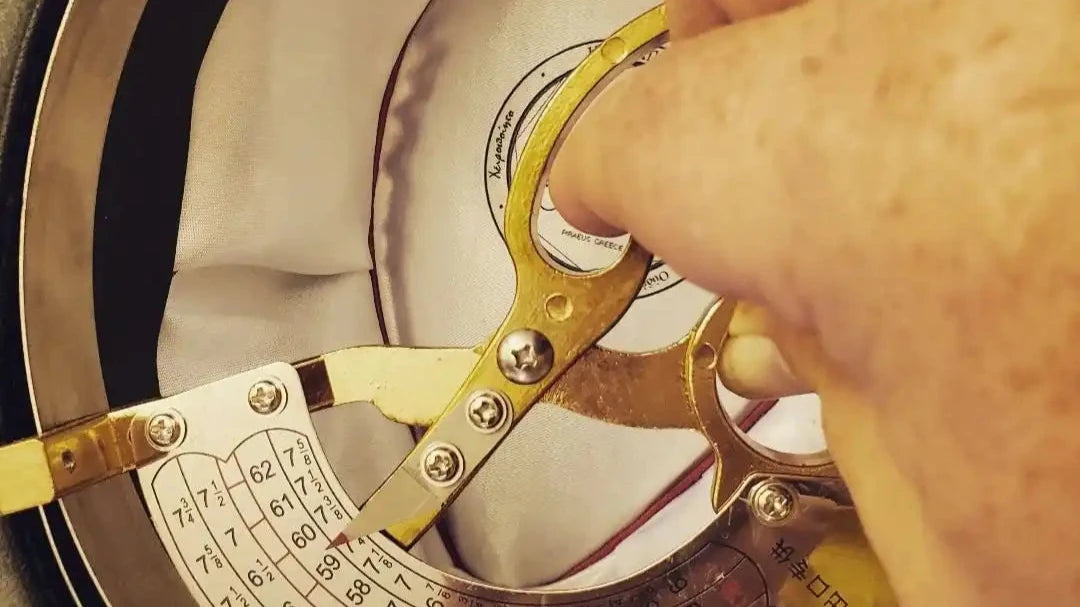







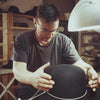


Comments
Can you provide trial products?
Your products are really good!
I wear a hat style I think I look good in that way I am happy in what I am wearing whether others like it or not though I do favour the vintage a wide fedora such as worn by Howard Hughes during his ‘Spruce Goose’ era, a style I think is suited to both very casual with a short leather jacket to the more formal suit.